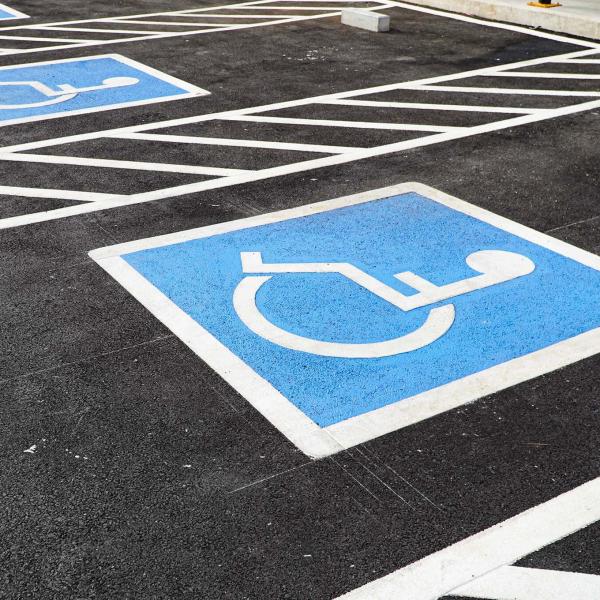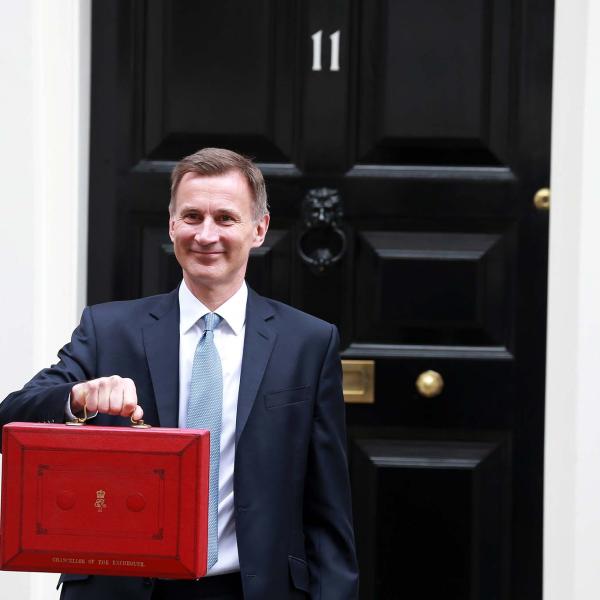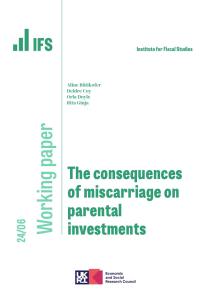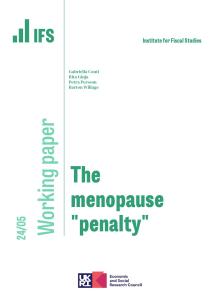The share of home-cooked food in the diet of UK households declined from the 1980s. This was contemporaneous with a decline in the market price of ingredients for home cooking relative to ready-to-eat foods. We consider a simple model of food consumption and time use that captures the key driving forces behind these apparently conflicting trends. We show that observed behaviour can be rationalised by the fact that the shadow price of home-cooked food, which accounts for the fact that cooking takes time, has risen relative to the price of ready-to-eat food, due to the increase in the market value of time of secondary earners. We discuss the implications for policies that aim to encourage healthier diets.
Authors

CPP Co-Director, IFS Research Director
Rachel is Research Director and Professor at the University of Manchester. She was made a Dame for services to economic policy and education in 2021.

Research Fellow University College London
Valerie, a Research Fellow of the IFS, is a Reader at the University College London, whose research is focused on modelling intra-household behaviour.

Research Associate
Wenchao is an Assistant Professor at the University of Sussex and an IFS Research Associate.
Journal article details
- DOI
- 10.1111/1475-5890.12298
- Publisher
- Fiscal Studies
- Issue
- Volume 43, Issue 2, June 2022, pages 105-120
Suggested citation
R, Griffith and W, Jin and V, Lechene. (2022). 'The decline of home-cooked food' 43(2/2022), pp.105–120.
More from IFS
Understand this issue

Conservative Party Conference: Can the next government afford the NHS?

Disability, illness and pain are real problems for the entire economy
28 August 2023

Retirement is not always a choice that workers can afford to make
6 November 2023
Policy analysis

The past and future of NHS waiting lists in England
29 February 2024

Spring Budget 2024
6 March 2024

Recent trends in and the outlook for health-related benefits
19 April 2024
Academic research

Longer-term impacts of the COVID-19 pandemic on the dietary purchasing choices of British households
4 April 2024

The consequences of miscarriage on parental investments
22 March 2024

The menopause "penalty"
18 March 2024